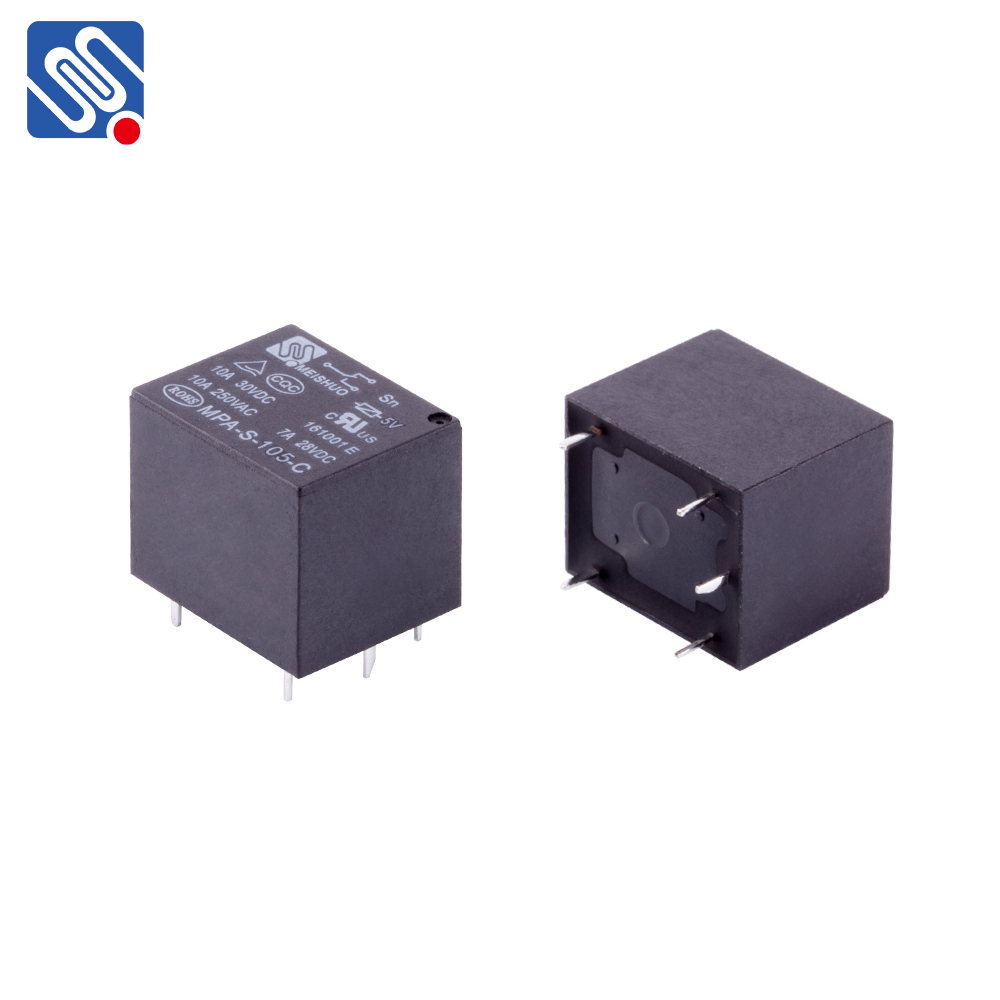A switch relay is a critical component in electrical and electronic systems, serving as a device to control the flow of electrical current between circuits. Whether used in automation systems, control panels, or household appliances, switch relays allow for the control of high-power circuits with a low-power input, offering an efficient and reliable way to manage electrical operations. This article explores the principles, applications, and benefits of switch relays, emphasizing their essential role in modern technology.

What is a Switch Relay? A switch relay is essentially an electrically operated switch that opens or closes a circuit under the control of an electrical signal. It works based on the principle of electromagnetism, wherein the relay consists of an electromagnet that, when energized, causes a mechanical switch to change states, thus controlling the flow of current through a circuit. The relay has two main components: Coil: The electromagnet that activates the switch when energized by a control signal. Contacts: The moving switch mechanism that either opens or closes the circuit when activated.